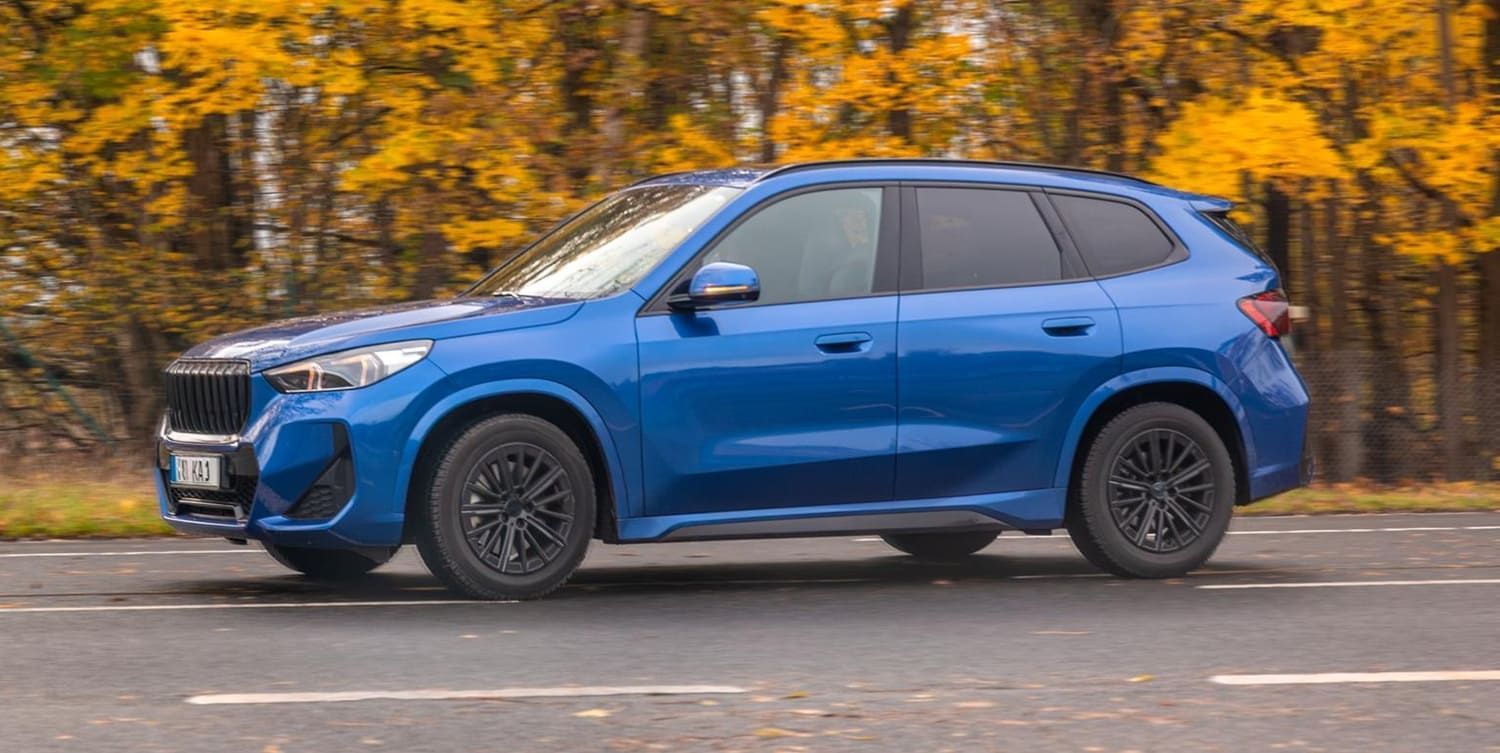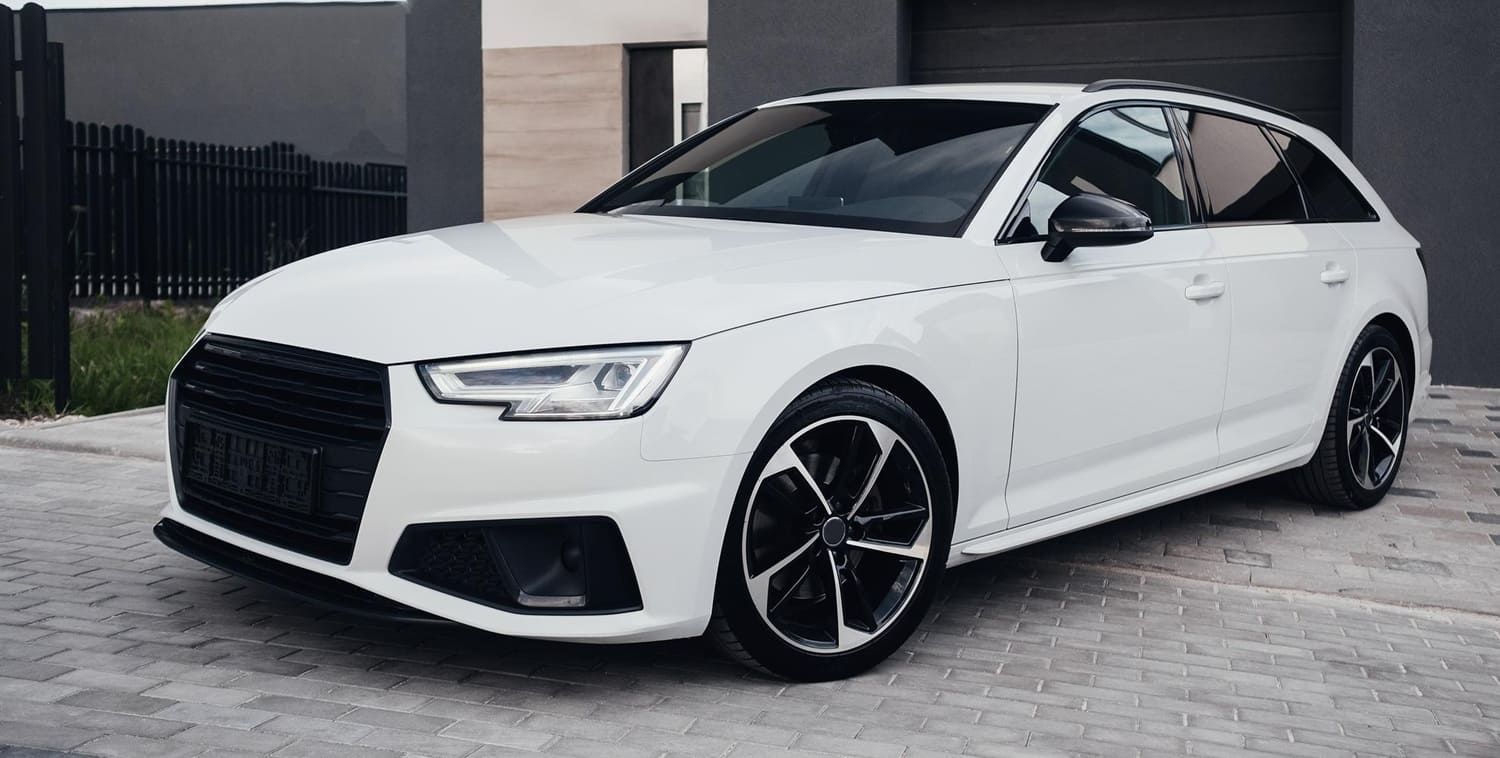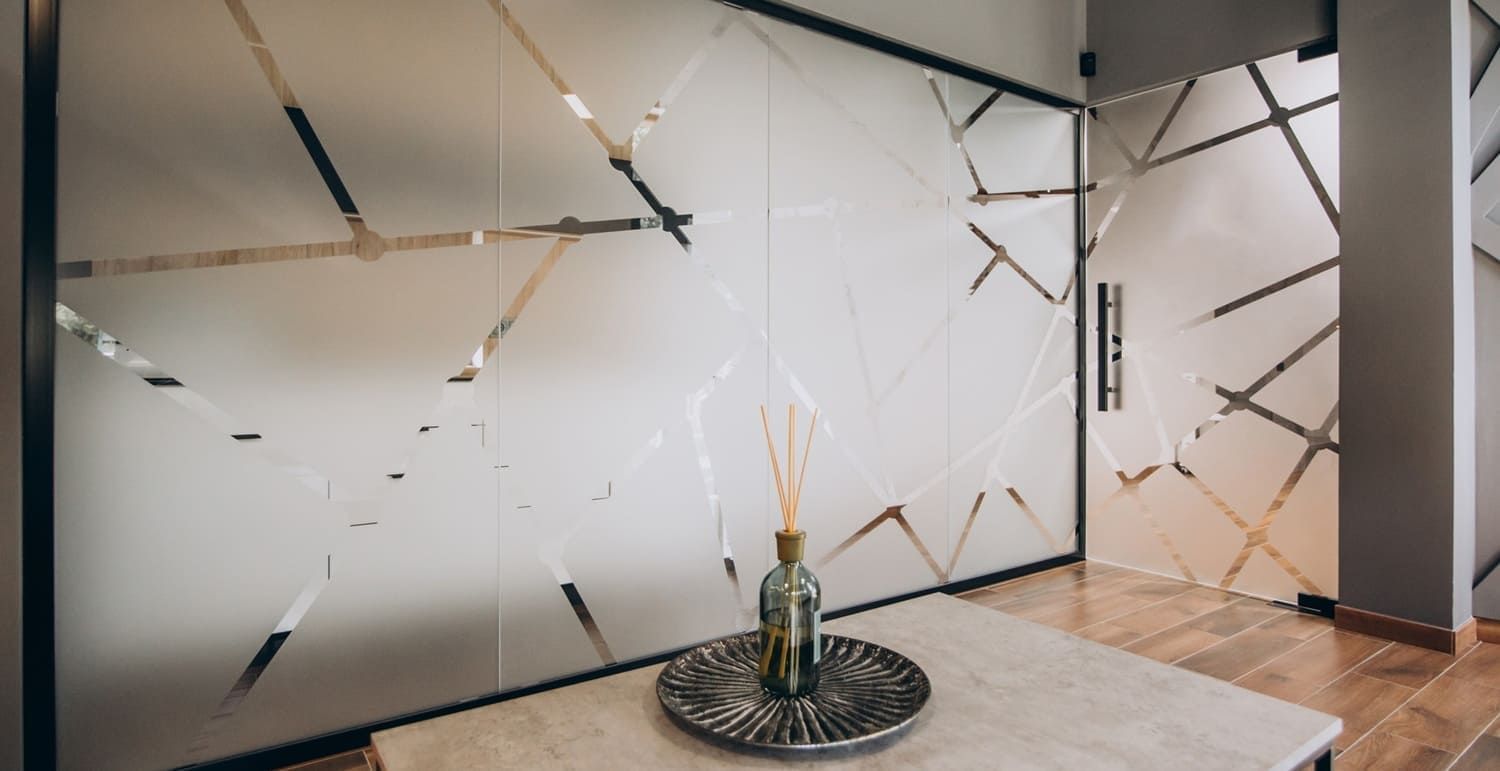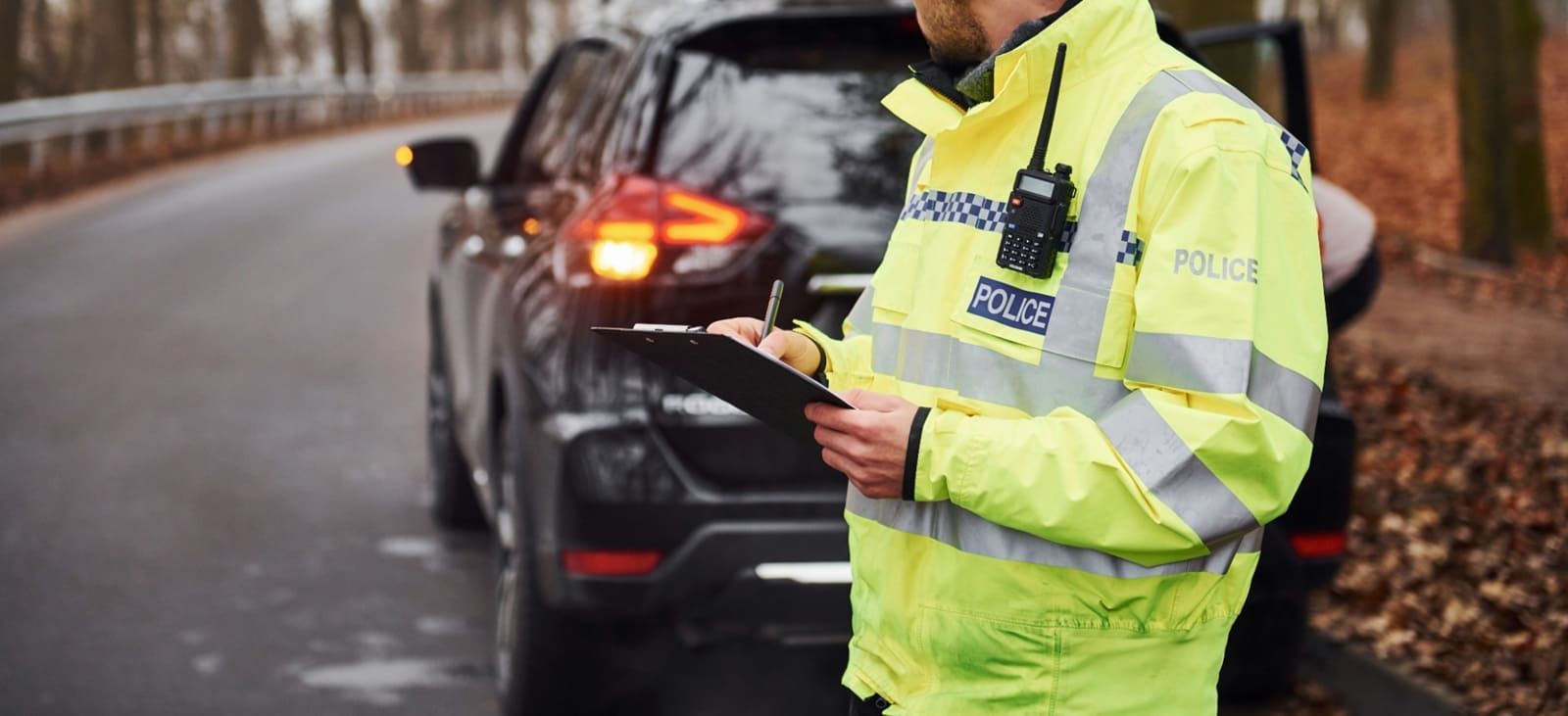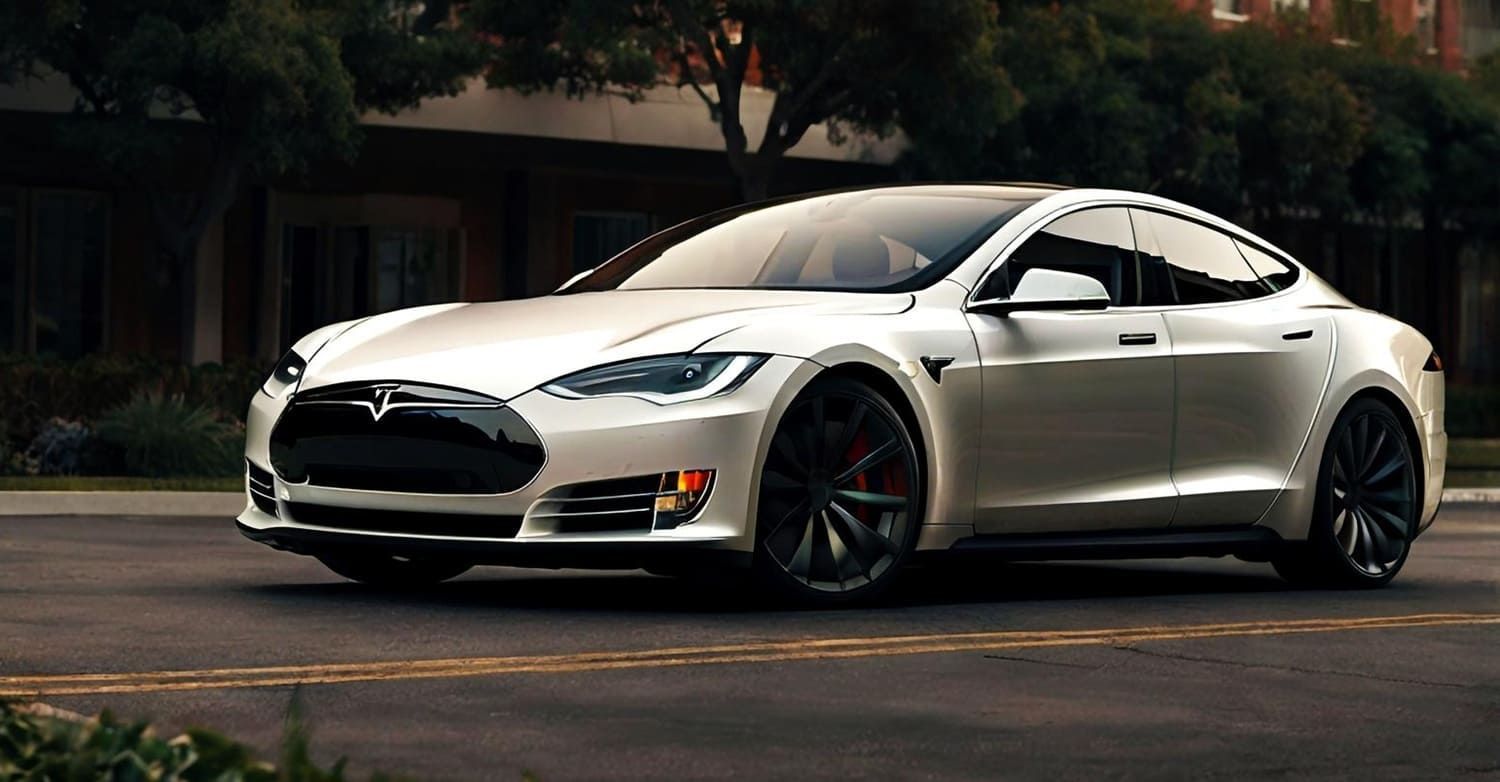How to Choose a Window Tint That Complements Your Car’s Aesthetic
Car window tinting is not just about looks. It's a practical feature that offers protection from the sun's harmful rays, reduces heat inside the car, and provides privacy. Imagine cruising down the highway, shielded from the harsh midday sun, while enjoying a cool and comfortable interior. However, not all tints are created equal. They vary in material, color, and UV protection levels, each offering distinct benefits and drawbacks. By understanding these differences, you can choose a tint that not only elevates your car's appearance but also enhances its functionality. Here's a breakdown of what you need to know:
Types of Window Tint
- Dyed Window Tint: This is the most affordable type of window tint. It uses a dye that absorbs solar heat. While it doesn't offer the best UV protection, it does reduce glare, which can be particularly beneficial during sunny days or when driving at night under bright streetlights. Additionally, dyed tint can enhance the appearance of your vehicle by adding a uniform, shaded look to your windows.
- Metalized Window Tint: This tint contains tiny metallic particles that reflect heat and UV rays. It's more durable than dyed tints but can interfere with radio and GPS signals, which is a consideration if you rely heavily on these technologies. Despite this potential drawback, metalized tint provides a distinctive shine that can complement the chrome accents on many vehicles, making it a popular choice for those looking to add a touch of sophistication.
- Carbon Window Tint: Known for its matte finish, carbon tint doesn't fade over time and blocks a significant amount of UV rays. It's more expensive than dyed and metalized tints but offers better performance, making it a long-term investment in both style and comfort. The matte finish of carbon tints can add a sleek, modern look to any vehicle, appealing to those who prefer understated elegance.
- Ceramic Window Tint: The best option for those who want top-tier performance. Ceramic tints block up to 99% of UV rays, reduce glare, and don't interfere with electronics, making them ideal for tech-savvy drivers who demand the best in performance and protection. Though pricier, ceramic tints offer unparalleled clarity and heat rejection, ensuring a comfortable ride in any weather.
- Hybrid Tint: Combines dyed and metalized tints for a balance of performance and cost. This option provides some heat and glare reduction without the high expense of premium tints, offering a middle ground that appeals to budget-conscious consumers who still want enhanced performance over standard options.
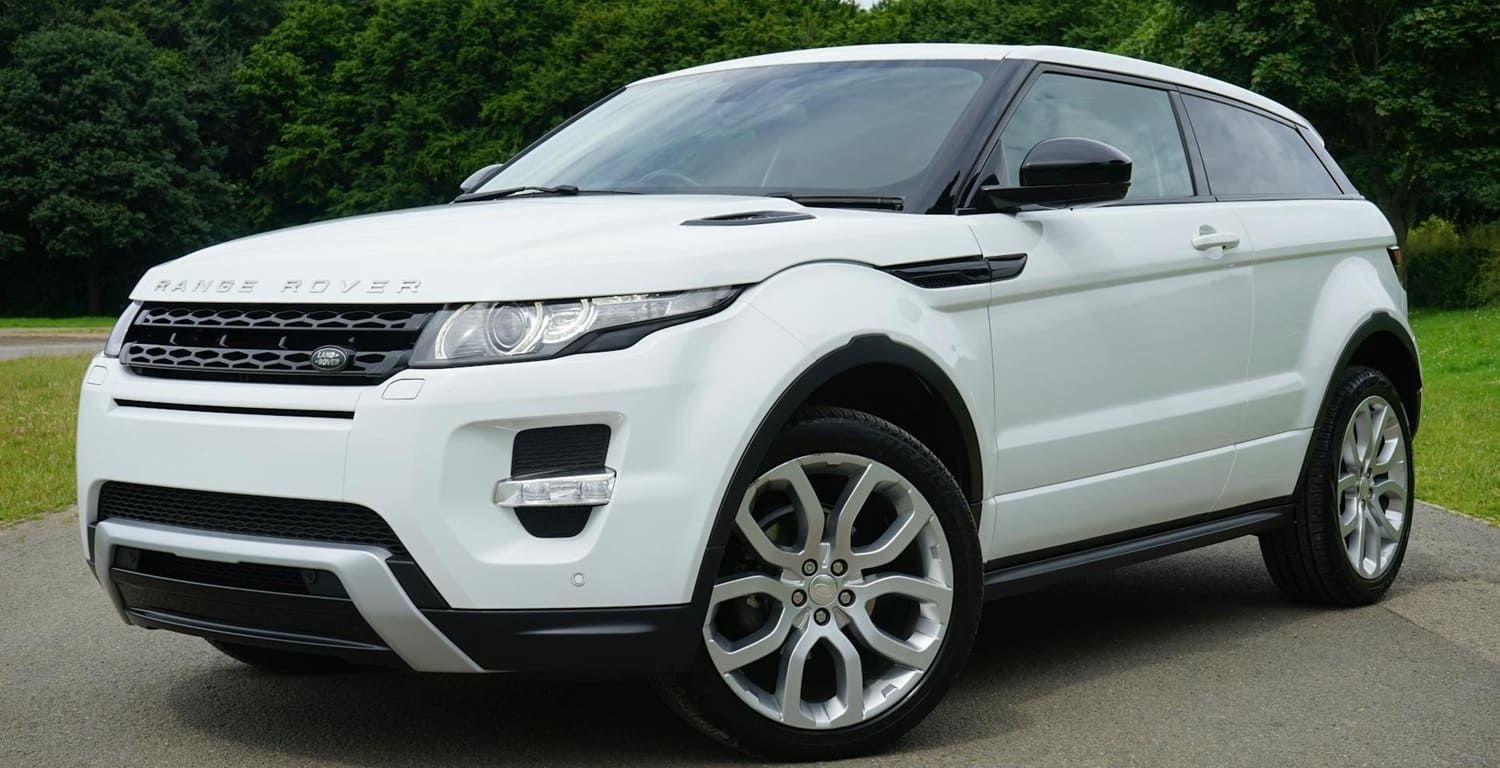
Factors to Consider When Choosing a Window Tint
Legal Restrictions
Before you tint your windows, check your local regulations. Laws vary by state and country regarding how dark or reflective car windows can be. Failing to comply can result in fines or being asked to remove the tint. It's important to ensure your car remains street-legal to avoid unnecessary hassles. Consulting with a professional installer can help you navigate these regulations, ensuring your tint choice meets legal standards while still offering the benefits you desire.
Tint Darkness
The darkness of the tint is measured by Visible Light Transmission (VLT) percentage. A lower VLT means less light passes through. Here's a quick guide:
- 5% VLT: Known as "limo tint," very dark and offers maximum privacy. This level is often used in the rear windows to create a private, intimate space.
- 20% VLT: Provides privacy while still allowing visibility from inside. This is a popular choice for those who want a balance between seclusion and visibility.
- 35% VLT: A balanced option that offers some privacy and is often legally accepted in many areas. It's a versatile choice that works well for both front and back windows.
- 50% VLT: Reduces glare and UV rays but offers minimal privacy. This level is ideal for those who prioritize visibility and natural light.
UV Protection
The best window tint will block harmful UV rays, protecting both your skin and your car's interior. UV protection levels can vary significantly between different types of tint, so look for options that block at least 99% of UV rays. High UV protection not only safeguards your health but also prevents fading and cracking of your car's interior, maintaining its resale value.
Matching Tint to Your Car's Aesthetic
Choosing the right tint involves more than just picking the darkest option available. Here are some tips to ensure your window tint complements your car's style:
Consider Your Car's Color
- Dark Cars: Darker tints can create a seamless look, enhancing the luxury feel. The continuity between the tint and the car's body color can make the vehicle appear more cohesive and elegant.
- Light Cars: A medium tint can provide contrast without overpowering the car's natural color. This balance can highlight the car's contours and design features, adding depth to its appearance.
- Bold Colors: If your car is a bright or unusual color, consider a neutral tint to avoid clashing. A neutral tint can act as a backdrop that allows the car's color to stand out without distraction.
Interior Considerations
- Match the tint to the interior materials and colors to create a cohesive look. The right tint can enhance the interior's ambiance, complementing leather, fabric, or other materials.
- Consider how the tint will affect the interior lighting and ambiance. A darker tint can create a cozy, intimate atmosphere, while a lighter tint allows more natural light, creating an airy feel.
Style Preferences
- Decide if you prefer a glossy or matte finish. Carbon tints often provide a matte look, while dyed and metalized tints offer more shine. Your choice of finish can significantly impact the car's exterior appeal.
- Think about your vehicle's overall theme and how the tint will fit with other customizations. Whether your car is sporty, classic, or futuristic, the right tint can enhance its character and style.
Installation: DIY vs. Professional
While DIY tint kits are available, professional installation is often recommended for best results. Here's why:
Advantages of Professional Installation
- Quality: Professionals have the experience and tools to ensure a flawless application without bubbles or peeling. Their expertise means that your tint will last longer and look better.
- Warranty: Many professional services offer warranties that cover bubbling, peeling, and discoloration. This peace of mind can be worth the extra cost, knowing your investment is protected.
- Compliance: Pros are familiar with local laws and will ensure your tint is legal. This expertise can save you from costly fines and the hassle of reinstallation.
DIY Considerations
- If you're experienced and confident, DIY kits can save money. They offer a sense of accomplishment and personalization.
- Ensure you have a clean, dust-free environment for installation. Proper preparation and patience are key to a successful DIY project.
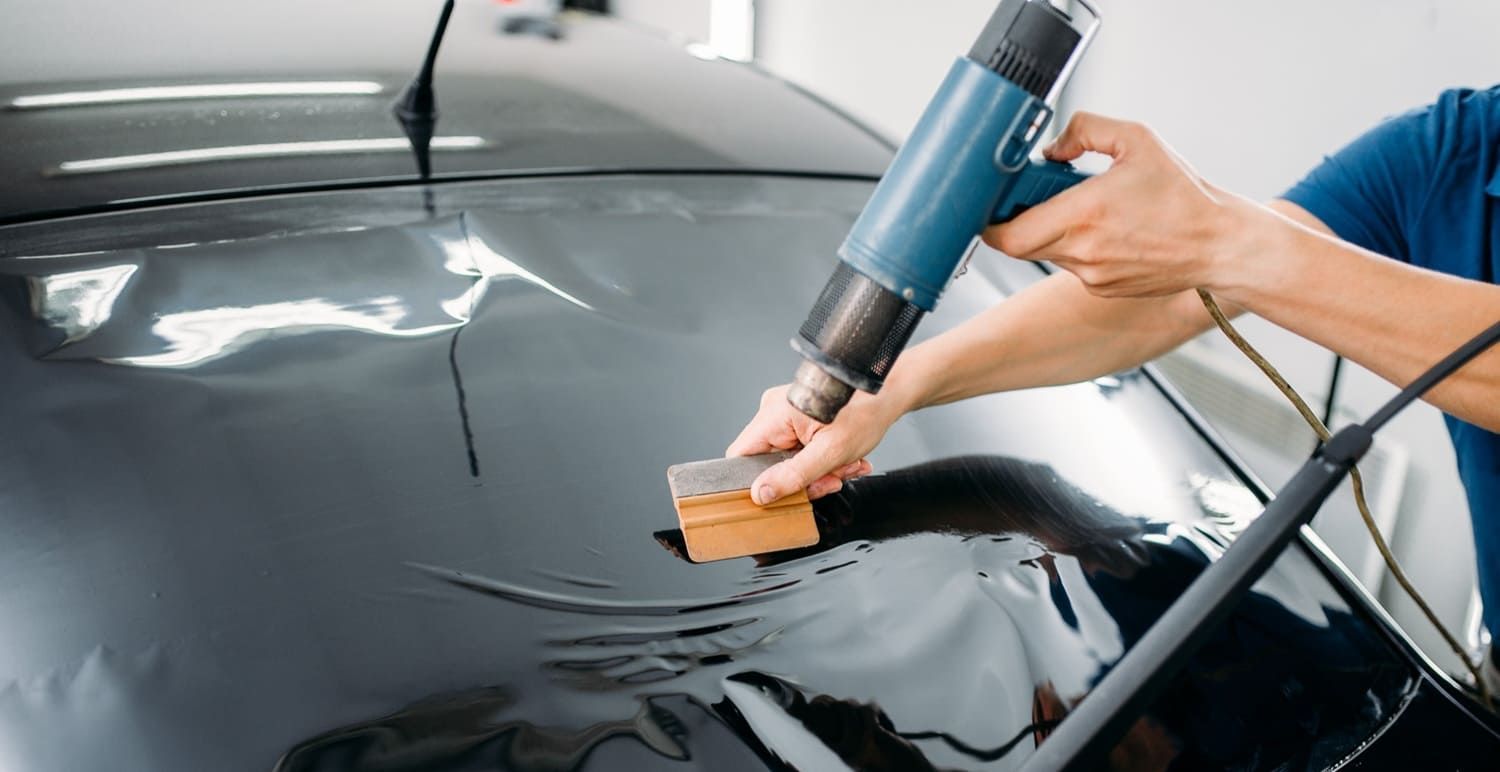
Maintaining Your Window Tint
Proper care can extend the life of your window tint. Here are some maintenance tips:
Cleaning
- Use a soft cloth and a non-ammonia-based cleaner to avoid damaging the tint. Gentle cleaning methods will keep your tint looking fresh and prevent scratches.
- Avoid using abrasive materials that can scratch the surface. Regular gentle cleaning will maintain the tint's clarity and effectiveness.
Inspection
- Regularly check for bubbles or peeling, especially in the first few weeks after installation. Early detection of issues can prevent more extensive damage.
- Address any issues promptly to avoid more significant problems later on. Quick repairs can save time and money in the long run.
Conclusion
Choosing the right window tint for your car involves considering several factors, from legal restrictions and UV protection to aesthetic preferences and installation options. By understanding the types of tints available and how they can enhance your car's look, you can make a choice that combines style, comfort, and practicality.
At Latitude 33 Window Tint, we specialize in providing high-quality window tinting services in West Columbia, SC, helping you select the perfect tint that fits both your vehicle and lifestyle.
A well-chosen tint not only improves the car's appearance but also enhances the driving experience, providing a more comfortable, private, and safe environment.
With this guide in hand, you're ready to find the best window tint that complements your car's aesthetic and meets your needs. Take your time to explore your options, consult with professionals if needed, and enjoy the transformation that the right window tint can bring to your vehicle.
Contact Latitude 33 Window Tint today for a free estimate, and let us help you enhance your vehicle with the perfect window tint!
FAQ: Choosing the Right Window Tint to Match Your Car’s Style
How does window tint enhance my car’s appearance?
Tint adds a sleek, modern finish, boosts curb appeal, and offers privacy—enhancing both looks and function.
What shade of tint should I choose?
- Light (50–70% VLT): Subtle and clean.
- Medium (30–45% VLT): Balanced style and privacy.
- Dark (5–20% VLT): Bold and private (check local laws).
Which tints match my car’s color best?
- Dark-colored cars: Go for medium to dark tints.
- Light-colored cars: Light to medium tints for contrast.
- Bright colors: Neutral gray or ceramic tints look best.
Glossy vs. matte—what’s the difference?
- Glossy: Sleek, high-shine finish.
- Matte: Subtle, modern appearance—great for a unique look.
Can tint enhance a luxury or sport look?
Yes! Lighter tints work for luxury, while darker shades give sporty or aggressive vibes.
How do I choose a tint that matches trim and accessories?
Match tint tone with your wheels and trim. Blacked-out details pair well with darker tints.
Where can I get help picking the perfect tint?
At Latitude 33 Window Tint, we help you choose the ideal tint for your vehicle’s style and ensure expert installation. Call today for a free estimate!

